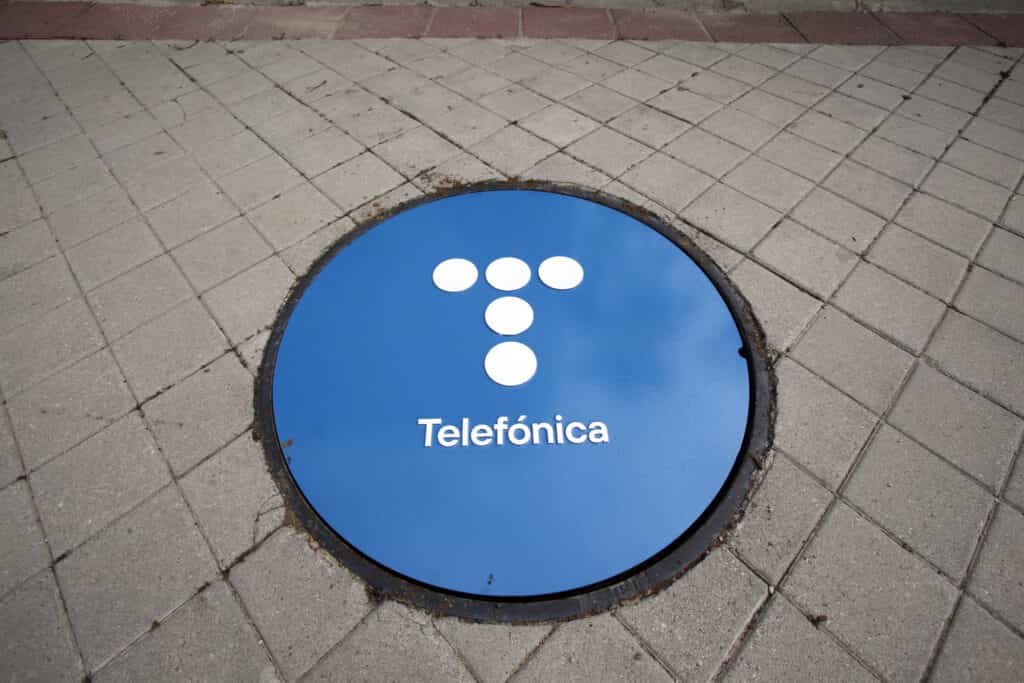The National Commission of Markets and Competition (CNMC) has approved one of the most significant decisions in recent Spanish telecommunications history: Telefónica will no longer be obligated to share its fiber network with other operators. After 26 years of regulation, the former monopoly regains full control of its fixed access infrastructure, marking the end of an era that began with ADSL and concludes with ultrafiber.
The decision was made on June 29 by the CNMC board and means that Movistar will enjoy exclusive access to its fiber optic network, which at the end of 2024 reached 30.8 million households in Spain. From now on, Telefónica will have the freedom to decide with which operators it shares its network, under what conditions, and at what price—without direct oversight from the regulator.
More flexibility to innovate and launch proprietary offers
Removing wholesale obligations will allow Telefónica to act more swiftly. Until now, any technical or commercial change had to be approved by the CNMC, which slowed down its ability to launch new offers or improve speeds. Additionally, these processes often gave competitors a heads-up, making it easier for other operators to preempt market moves.
With this new setup, Movistar will be able to operate with greater independence, which could lead to increased innovation in its products. However, it also introduces a new market balance that will require alternative operators to rethink their strategies.
End of the NEBA model and the beginning of a new phase
The NEBA (New Ethernet Broadband Service) system, in place since 2012, has been the regulated tool allowing alternative operators to rent Telefónica’s fiber network in areas where they had no deployment of their own. There are two variants: provincial NEBA, which is more expensive but has less infrastructure requirements, and local NEBA, which requires presence at FTTH central offices.
NEBA gradually replaced previous wholesale solutions like GigaADSL, launched in 1999, which first enabled other companies to offer ADSL over Telefónica’s copper network. This regulated pathway has been key to fostering competition and broadband expansion in Spain.
Operators have six months to adapt
The CNMC resolution will not take effect immediately. It will come into force six months after its publication in the BOE, during which operators still dependent on NEBA can negotiate private agreements with Telefónica or migrate to other proprietary or shared networks.
It’s worth noting that, although a “regulation-free zone” existed since 2016—initially in 66 cities and expanded to 696 localities in 2021—Telefónica has continued voluntarily sharing part of its network with other operators through private agreements. However, the landscape has changed: the new MásOrange group has surpassed Movistar as the leading operator by number of customers, and the market now relies less on regulated access than in previous years.
Implications for consumers
Total liberalization of access to Telefónica’s fiber network sets a new stage. On one hand, it could speed up the rollout of new speeds and services by Movistar. On the other hand, alternative operators will have to negotiate directly or seek alternatives like shared networks (Grupo MásMóvil-Orange, Digi, Adamo, etc.).
While the CNMC believes the market is now sufficiently competitive to omit regulation, the coming months will reveal whether this decision benefits or harms end users.
One thing is clear: after more than two decades of regulatory intervention, Telefónica once again has full control of its network, reshaping the telecommunications landscape in Spain.
via: bandaacha

